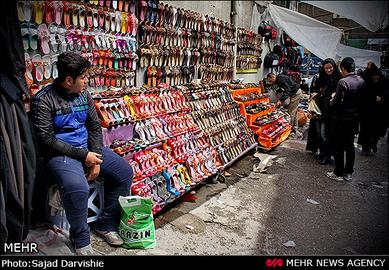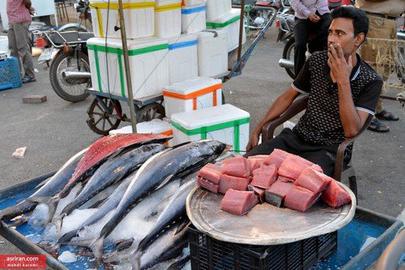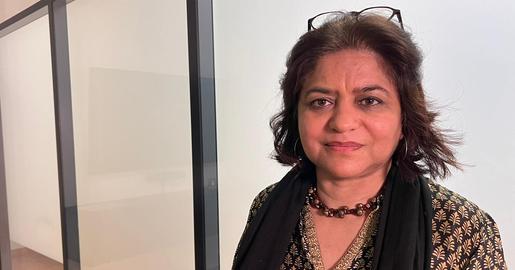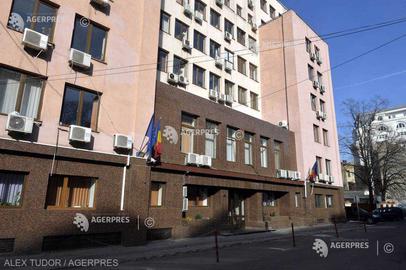Anyone who is under the impression that the distribution of inflation in Iran is fair or uniform is sorely mistaken. In fact, inflation rates vary widely among Iran's 31 provinces. The latest provincial report on inflation, published by the Statistics Center of Iran on Tuesday, September 1, 2020, clearly shows the unfair distribution of inflation.
So why is the inflation situation different from province to province?
***
The most recent provincial inflation report published by the Statistics Center of Iran on Tuesday, September 1, shows that the provinces of Lorestan, Yazd, and Markazi had the highest monthly inflation rates, with a record high of five percent. A one-month inflation rate in Lorestan province is twice as high as in Qom and Mazandaran, which recorded the lowest inflation rates, at 2.3 percent.
On the other hand, a record high point inflation rate of 34.8 percent was recorded in Hormozgan province. Following Hormozgan, Tehran, Hamedan, and Kermanshah are next in terms of the highest inflation rates. It’s important to note that the inflation rate at the top of the table is 1.4 times higher than the lowest recorded rate at the bottom of the table. The province of West Azerbaijan, with an inflation rate of 24.8 percent, recorded the lowest price increase in the last year.
Before answering the question of why the inflation rate is so different between provinces, it is important to consider the fact that a monthly inflation of between two and five percent is a significant figure. The average monthly inflation for the entire country in August was announced as 3.5 percent. That figure is the second-largest monthly inflation rate in the last 16 months, the twelfth largest recorded in the last 10 years and more than twice as high as the average monthly inflation between 2011 and today.
If the monthly inflation rate continues at 3.5 percent, the annual inflation rate will reach more than 50 percent, a record that has never been recorded in official Iranian statistics. The fear of this weighs heavily on Iranian society.
When one considers the dimensions and scale of this annual inflation rate, it is possible to understand the significance of a fluctuation in monthly inflation rates of between 2.3 and 5.5 percent — this constitutes the difference between a critical situation and a major crisis situation. The rate of price increase in one scenario is twice as high as in the other.
But why is the difference in the inflation rate so profound between provinces? Housing is a key factor, a main cause and stimulus of severe inflation. In recent months, the housing situation has pressurized the livelihood of a large section of Iran’s population.
The accuracy of the details set out in the Statistics Center report shows that, above all, inflation in prices for non-food goods and services has varied from province to province. The bulk of a household's non-food expenditure is housing.
The monthly inflation rate of non-food items in Lorestan Province is more than seven percent. This figure is three times higher than the monthly non-food inflation rate in the three provinces of Ilam, West Azerbaijan, and Bushehr. After Lorestan, the highest non-food inflation rates were recorded in Yazd and Markazi provinces. These two provinces also feature in the second and third ranks in the overall inflation classification.
In comparison, the price index of housing, water, electricity, gas and other utilities in Lorestan province shows that the cost of housing for citizens living in the province between July and August 2020 — a period of less than 30 days — has increased by 12 percent. A single month housing inflation rate was 8 percent in Yazd province and 9 percent in Markazi province.
According to the Statistics Center of Iran, more than 72 percent of the living expenses of the Iranian people is spent on the provision of non-food goods and services, more than half of which is related to housing. In other words, about one third of the total household expenditure is allocated to housing.
In this situation, an increase of between eight and 12 percent in the cost of housing greatly affects people's lives.
In August, the monthly inflation rate for food items in five provinces was over five percent. The highest food inflation rate was recorded in Kohgiluyeh and Boyer-Ahmad province and was equal to seven percent. In South Khorasan, it was 6.1 percent, Hormozgan was 5.5 percent, Isfahan was 5.2 percent, and Yazd came in at 5 percent.
The lowest monthly inflation rates for food items were recorded in the provinces of Hamedan, East Azerbaijan, Kurdistan, and Qom. The monthly inflation rate for food items in these provinces was less than two percent. In Qom, it was one percent.
Related Coverage:
Ninety Days of Rocketing Dollar Value Compounds Iran's Inflation Nightmare
Tehran Residents Struggle with Tragically High Housing Prices


























comments